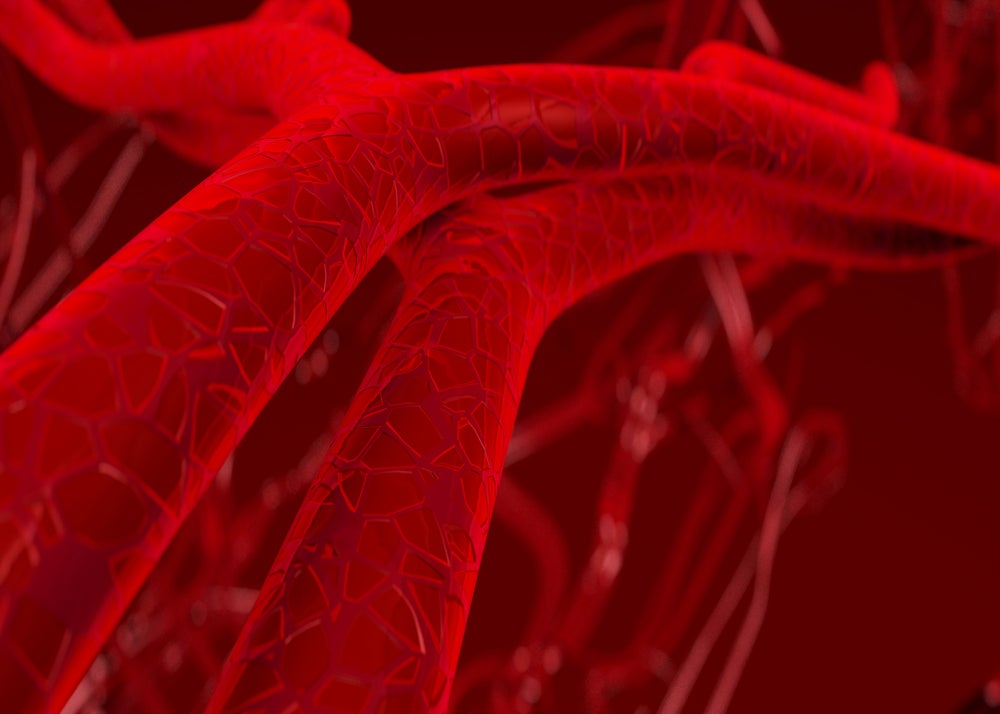
The research conducted by the University of Hull and Hull York Medical School shows two of the five microplastic polymer types that were found in the human veins came from food packaging.
The first food packaging-based polymer was Polyvinyl acetate (PVAC), which is an adhesive found in food packaging, shipping boxes/bags and binders for paper, plastics and foils. It is also described as being one of the main ingredients of wood glue but has a recent biomedical use in DNA/drug delivery.
The second was nylon and EVOH-EVA, which the scientists explain is used to bond plastic polymers to create flexible packaging materials, with blends optimised to improve their characteristics such as helping to prevent moisture intrusion or tensile qualities. Applications are said to include many uses from food packaging and lamination to multi-layer pipe, wire, and cable.
The Foodservice Packaging Association, which describes itself as a representative voice of foodservice packaging within the UK was unable to comment at the time of going to press.
The small pilot study was based on researchers analysing human saphenous vein tissue taken from patients undergoing heart bypass surgery.
The scientists found 15 microplastic particles per gram of vein tissue with lead researcher Professor Jeanette Rotchell, an environmental toxicologist at the University of Hull stating: “Whilst we don’t yet know the implications of this on human health, what we can say is that from studies using cells grown in dishes, they cause inflammation and stress-responses.”

US Tariffs are shifting - will you react or anticipate?
Don’t let policy changes catch you off guard. Stay proactive with real-time data and expert analysis.
By GlobalDataShe explains the team was surprised to find them, however it is already known that microplastics are in the blood, from a study by Dutch colleagues last year.
She adds: “But it was not clear whether they could cross blood vessels into vascular tissue and this work would suggest they can do just that.”
The saphenous veins are blood vessels in the legs which help send blood from the legs and feet back up to the heart.
The veins consist of three layers of tissue and are widely used in coronary artery bypass graft (CABG) procedures aimed at diverting, or bypassing, blood around narrowed or blocked coronary arteries to restore blood supply to the heart in patients with coronary heart disease.
Almost half (40-50%) of CABG procedures ultimately fail after 10 years due to a variety of factors, which are not always clear, points out the University of Hull.
The university also claims that until now, no studies have examined whether microplastics can infiltrate or cross any biological barrier, including blood vessels, or examined any potential link between environmental microplastic exposure and CABG outcomes.
The researchers explain the levels of microplastics observed were similar to or higher than, those reported for colon and lung tissues.
However, although the size ranges are similar, the researchers highlight the shape characteristics and polymer types differ from other human tissue types analysed to date.
Professor Rotchell explains: “This contrasts with previous human tissue sample where we found different polymer types were the most abundant. These first human tissue analyses suggest that the distribution of the microplastics predominant types may be tissue specific.”
Moving forward, Professor Rotchell believes the characterisation of types and levels of microplastics can now inform experiments to determine vascular health impacts, including any potential link between environmental microplastic exposure and CABG outcomes.”
Meanwhile, Professor Mahmoud Loubani, a co-author and honorary professor of cardiothoracic surgery says: “The presence of these microplastics in the veins may well play a role in damaging the inside of the vein leading to it becoming blocked with the passage of time. We do need to identify if there is any correlation and figure out ways of maybe removing the microplastics.”



